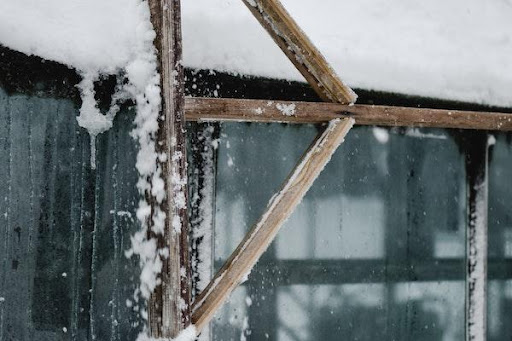Removing snow can be a challenging task, though, so it’s important to go about it the right way. Check out these snow removal FAQs to learn more about how to properly and safely remove snow.
Table of Contents
Why is Snow Removal Necessary?
In many parts of the country, the law requires property owners to remove snow from driveways, sidewalks, and roofs. For example, Massachusetts has very specific snow removal laws with guidelines for individual cities and towns, which can also set their own snow removal rules. Just to be on the safe side, check your state and local municipal laws to know what your responsibilities are when it comes to snow removal.
Even in areas where snow removal isn’t required by law, it’s still an important part of being a responsible homeowner. If you don’t remove snow and someone slips and falls on your property, you may be found negligent in a court of law and required to pay damages.
Other reasons to remove snow include:
- You or a loved one could slip and fall, leading to pain and, potentially, disability.
- Heavy snow piled on top of a vehicle or building can lead to a potential collapse, causing serious damage.
- When snow piles up beneath a vehicle, the undercarriage is constantly exposed to moisture, which leads to corrosion and deterioration.
- A melt-and-refreeze cycle could damage your driveway or sidewalk, causing buckling or humps.
Why is Salt Used to Melt Ice?
Salt, along with other deicing materials, can cause rust and other corrosive damage to vehicles, so you may be wondering why it’s used. The answer is chemistry! According to the magazine Scientific American, salt water freezes at a colder temperature than plain water. When salt combines with the thin layer of liquid water always present on snow and ice, the freezing point drops below the pure water ice, melting the layer just below it, which dissolves more salt, and so on in a cycle. If the temperature drops below 0 degrees Fahrenheit, however, a chemical deicer will have to be used since salt water freezes at this temperature.
How Can I Stay Safe During Snow Removal?
If the surface is icy, use a chemical deicer to melt the ice and make it less slippery – salt is not always recommended as it can damage your concrete and destroy your lawn.
Another thing, before you go out, ensure that you are appropriately dressed for the weather. This includes thick socks, comfortable and flexible gloves to avoid blisters, and a winter-style hat. Anyone over the age of 55 or with a chronic health condition like diabetes should use extra caution while shoveling snow, as breathing in cold air can reduce oxygen in the blood. Only use a shovel intended for snow removal. Using anything else could lead to injury or damage to your pavement or yard.
When is the Best Time to Shovel Snow?
Ideally, the best time to start snow removal is immediately after the snow stops falling. The longer you wait, the denser it will become, making it harder to remove. Even if the forecast calls for more snow, keeping up with it as it falls rather than waiting until the end of the storm will prove to be a much easier snow removal experience overall.
If there’s no break in sight, however, you may need to be more strategic about your removal. It is another situation when local laws come into play. Mainly because local laws for when snow removal should occur vary between two hours and 72 hours—an significant difference.
The Bottom Line
Keeping local laws in mind, plan to shovel as early in the day as possible and then every two to three hours throughout the day. Each shoveling session will be easier, and the less snow there is on the ground when it warms up, the easier it will be for the sun to melt it away.
In many parts of the country, falling temperatures mean piled-up snow. As tempting as it might be to ignore snow, removing it is necessary to protect your property and your family’s safety.
















